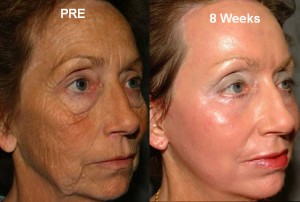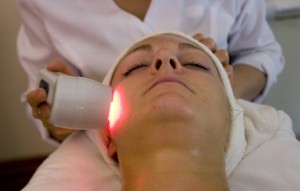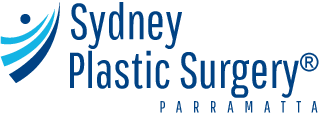 Skin resurfacing is defined as surgical removal of some or the entire layers of the skin’s surface. It is one of the safest and most effective alternative treatments for the conventional surgical face lift. The surgical or face lit procedure is still considered to be the gold standard for skin rejuvenation, but it has underlying risks and consequences.
Skin resurfacing is defined as surgical removal of some or the entire layers of the skin’s surface. It is one of the safest and most effective alternative treatments for the conventional surgical face lift. The surgical or face lit procedure is still considered to be the gold standard for skin rejuvenation, but it has underlying risks and consequences.
It is no surprise why many individuals wish to forego with the procedure and opt for other non-invasive and less painful options. Patients who get these treatments may even postpone their near-future plans of getting another face lift because skin resurfacing has a longer-lasting effect. Skin resurfacing is usually performed on the facial area, but it can also be performed on other parts of the body as well.
Various procedures, whether performed as an adjunct or alone have varying magnitudes when it comes to the surgical method used and each have its own array of benefits. Some of the improvements offered by skin resurfacing procedures include firmness, minimizing of wrinkles and fine lines, pore size, and diminished prominence of damage from the harmful rays of the sun. Skin resurfacing procedures also provide a healthy, and more glowing skin after the procedure.
How does skin resurfacing work?
 Therapeutic laser energy is delivered directly to the epidermis or the dermis layers of the skin. This process helps to prime thermal coagulation of the skin tissues and it also stimulates production of new collagen. Skin cooling is encouraged because it helps to promote optimum comfort for the client and it facilitates energy regeneration for practitioners as well. The correct treatment modulation of the concerned parameters for the procedure allows experts to deliver customized treatment depending on the skin type and condition of each client.
Therapeutic laser energy is delivered directly to the epidermis or the dermis layers of the skin. This process helps to prime thermal coagulation of the skin tissues and it also stimulates production of new collagen. Skin cooling is encouraged because it helps to promote optimum comfort for the client and it facilitates energy regeneration for practitioners as well. The correct treatment modulation of the concerned parameters for the procedure allows experts to deliver customized treatment depending on the skin type and condition of each client.
This maximizes the best results and helps to prevent impending side effects. For treatment of  skin that’s has a more concentrated pigmentation, burning can pose a risk for the client since more laser and light-based treatment is required. Clients may also be at high risk for developing PIH or post-inflammatory hyperpigmentation.
skin that’s has a more concentrated pigmentation, burning can pose a risk for the client since more laser and light-based treatment is required. Clients may also be at high risk for developing PIH or post-inflammatory hyperpigmentation.
